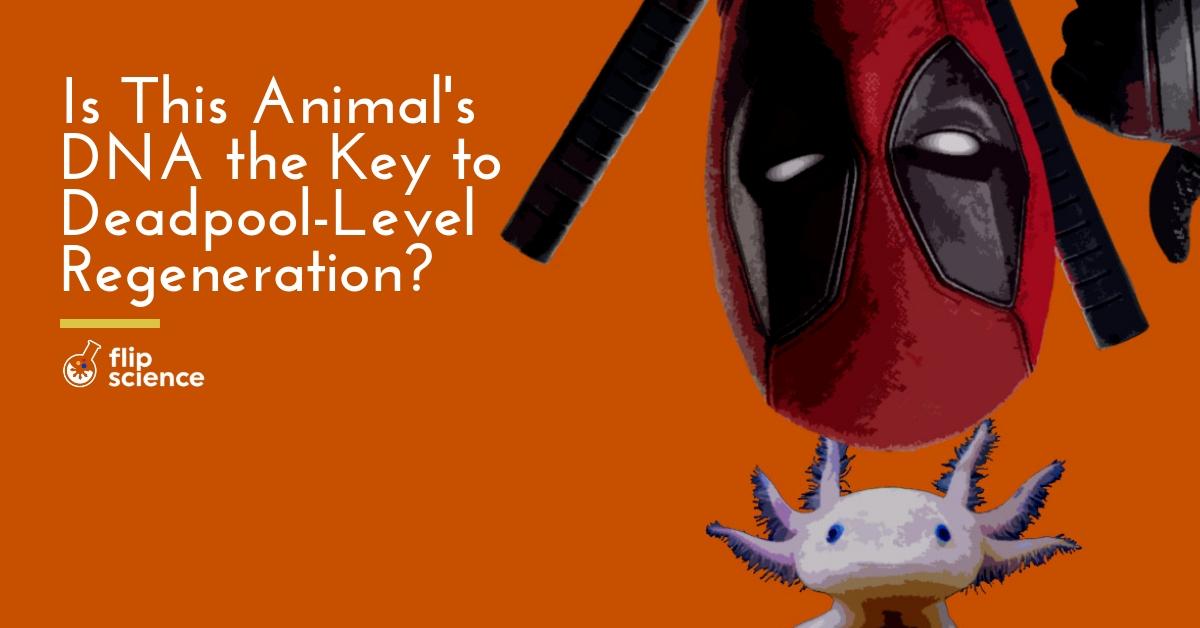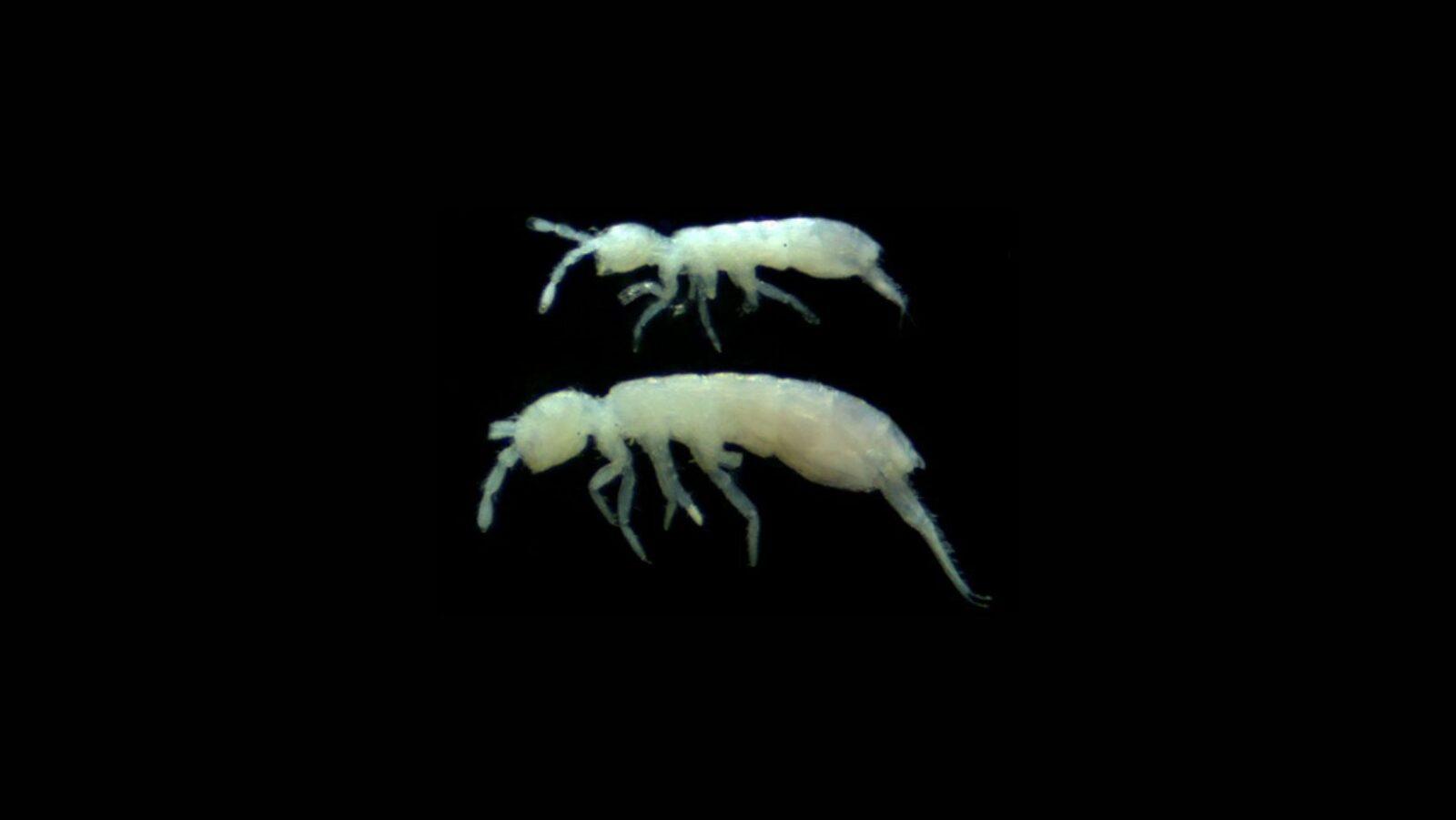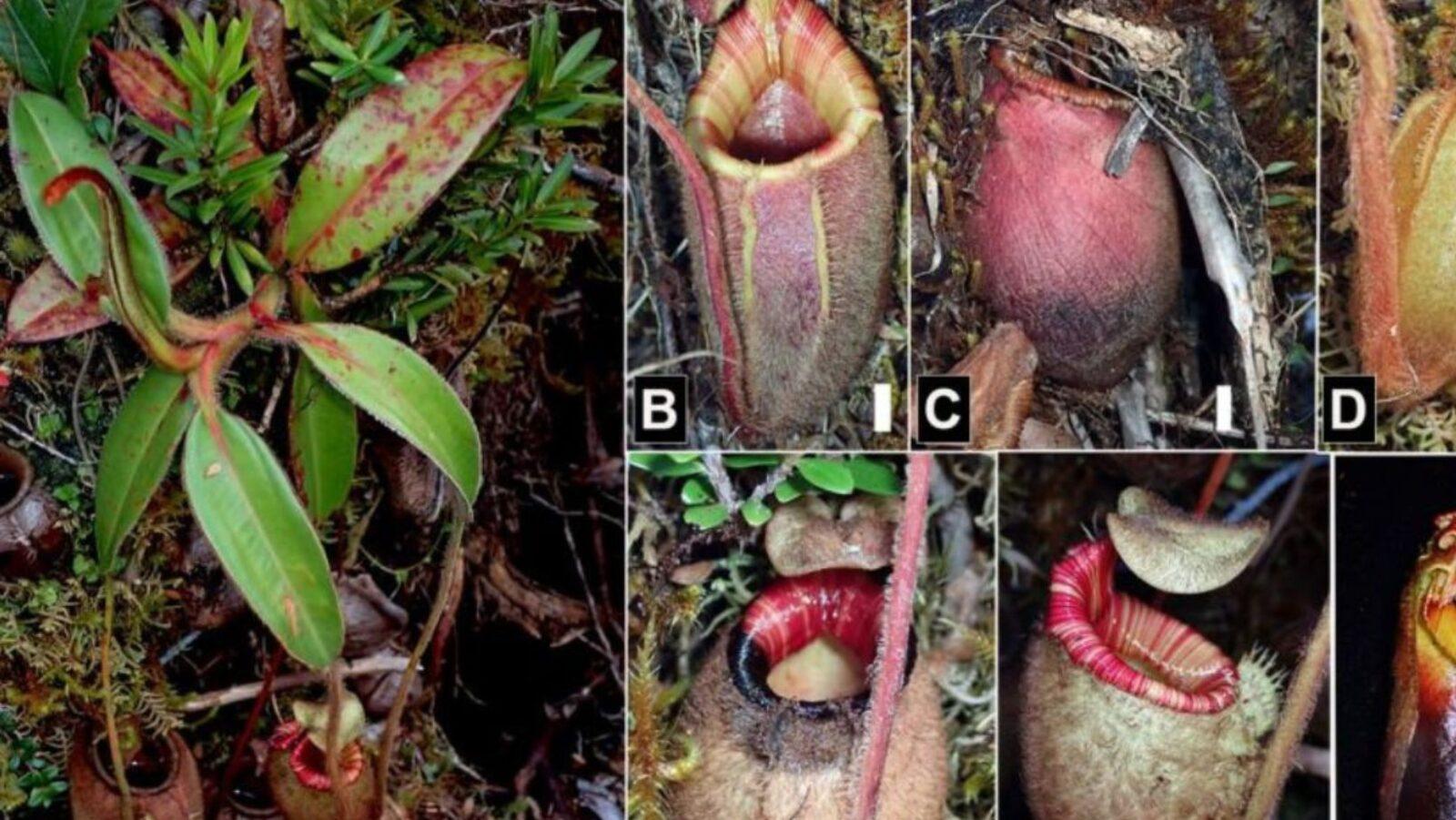•The axolotl (or Mexican salamander) can perfectly regrow virtually any lost body part.
•A pair of scientists from the University of Kentucky have reportedly succeeded in reconstructing the axolotl genome.
•According to experts, this could significantly advance medical science and produce enhanced recovery and treatment options for the critically ill.
(Updated on February 1, 2020) “You can cut the spinal cord, crush it, remove a segment, and it will regenerate. You can cut the limbs at any level – the wrist, the elbow, the upper arm – and it will regenerate, and it’s perfect[…] They can regenerate the same limb 50, 60, 100 times. And every time: perfect.”
If you’re a fan of superhero films, the above quote from the University of Montreal’s Prof. Stephane Roy would sound like a description of the sardonic, scarlet-clad, superpowered character called Deadpool.
Actually, you’ll find that quote in a 2011 article from Scientific American about a peculiar creature called the axolotl (Abystoma mexicanum), also known as the Mexican salamander. Indeed, this adorable amphibian has regenerative abilities at par with the Merc With a Mouth’s.
Now, imagine what life would be like if humans could understand exactly how axolotls do that. It would undoubtedly take medical science to an entirely new level–and we’d probably all be walking around feeling like such invincible badasses.
Unsurprisingly, scientists have been trying to unlock the axolotl’s regeneration secrets for years.
And in a paper set to be published in the February issue of Genome Research, a pair of scientists from the University of Kentucky (UK) discuss how they were able to assemble the axolotl’s genome–the closest we’ve ever gotten to truly understanding how this charming little fellow regrows its lost body parts.
X(olotl) gon’ give it to ya
“It’s hard to find a body part [the axolotl] can’t regenerate,” said Professor Randal Voss from the UK Spinal Cord and Brain Injury Research Center. “The limbs, the tail, the spinal cord, the eye, and in some species, the lens, even half of their brain has been shown to regenerate.”
Voss added that because biomedical research is rapidly moving towards becoming a “genetically driven enterprise,” scientists are looking to other organisms such as the axolotl for answers to their questions on human disease, regeneration, and longevity.
Fortunately, research efforts across the years yielded a veritable increase in the available genetic data for the axolotl. All Voss and Smith had to do was put everything together–a feat easier said than done.
Here’s the thing: Despite the fact that we share many of the same genes with this amphibian, its genome is about ten times larger than ours. That’s 32 gigabases–32 billion base pairs.
As Associate Professor Jeremiah Smith of the UK Department of Biology explained, the only way to effectively analyze the axolotl’s genome is to take its existing genetic data and reassemble it like a ginormous jigsaw puzzle.
Maximum effort
To do this, Voss and Smith based their technique on a process called linkage mapping. Also called genetic mapping, the method involves tracing physical traits to specific genes in a subject’s body. This enables scientists to determine the positions of genes relative to one another.
Through linkage mapping, the two were able to properly reconstruct an almost complete axolotl genome. The researchers chose this method not just because it’s efficient, but also because it’s relatively inexpensive.

“Just a few years ago, no one thought it possible to assemble a 30+GB genome,” shared Smith. He added that future researchers can use the same method to sequence other animals with large genomes.
A recent study published in the journal eLife reported how Yale researchers were able to identify at least two genes from the axolotl’s genome that were essential for regeneration.
It’s safe to say that unlocking the secrets of axolotl regeneration will advance human therapy, treatment, and recovery tremendously. Realistically speaking, though, we probably won’t be regrowing parts at the same breakneck pace that Deadpool does. And honestly? Maybe that’s a good thing.
Cover photo: Jamie Catto; 20th Century Fox
References
- https://blogs.scientificamerican.com/guest-blog/regeneration-the-axolotl-story/
- https://phys.org/news/2014-08-sequencing-genome-salamanders.html
- https://phys.org/news/2019-01-sci-fi-reality-superpowered-salamander-key.html
- https://quarkmag.com/are-axolotl-the-key-to-everlasting-life-b4b35c9649a5
- https://www.gmanetwork.com/news/scitech/science/555491/the-real-science-behind-the-merc-with-a-mouth/story/
- https://elifesciences.org/articles/48511
- https://www.sciencedaily.com/releases/2020/01/200128114638.htm
Author: Mikael Angelo Francisco
Bitten by the science writing bug, Mikael has years of writing and editorial experience under his belt. As the editor-in-chief of FlipScience, Mikael has sworn to help make science more fun and interesting for geeky readers and casual audiences alike.







